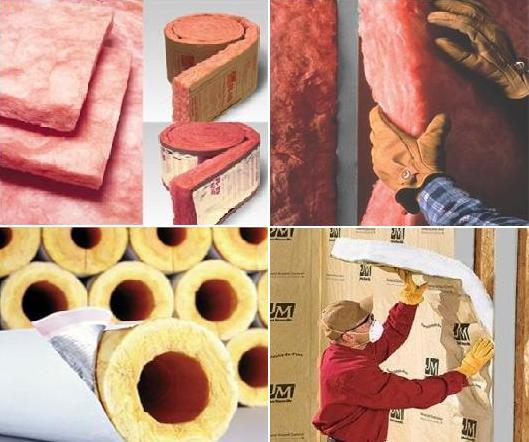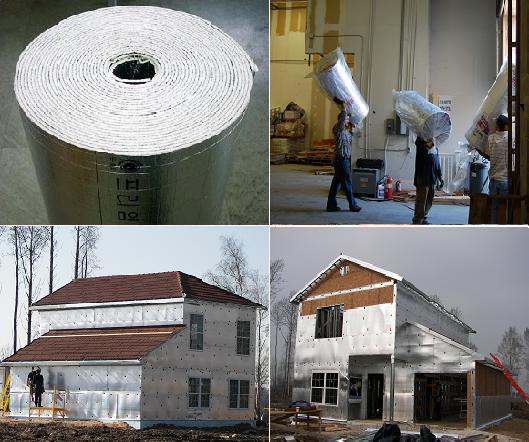Insulation Materials
Insulation is a good investment since it contributes to comfort, lower heating and cooling bills and more eco‑friendly home by reducing the energy consumption. Affordable Housing Group offers several insulation options including cellulose, fiberglass and reflective insulation to separate the inside and outside of the building thermally and acoustically. Please keep in mind that regardless of which material you choose, the performance of the insulation varies greatly on the quality of workmanship. Our company provides training of superior workmanship in order to obtain highest possible efficiency from the installed insulation.
|
Green Living Cellulose Insulation Cellulosic materials made from recycled newsprint and other paper sources, are used as a fill which might otherwise end up in landfills, releasing greenhouse gases as it decomposed. Cellulose insulation averages a minimum of 75% recycled content. Generally speaking, cellulose insulation has a higher R-value and capacity to stop air filtration and heat-zapping convective air currents than it is leading competitor - fiberglass. You can expect R-values between 3.0 - 3.8 per inch for cellulose insulation depending on the density. Since high temperature differences between heated and unheated spaces do not decrease the effectiveness of cellulose insulation, it is especially suitable for cold climates. Recycled paper and naturally produced fabrics, are coated with a combination of chemicals to make the insulation fire resistant. These chemicals does not have adverse health affects on human but does repel rodents, insects and mold. |
|
|
Fiberglass Insulation Fiberglass, one of the most commonly used insulation materials, is manufactured from extremely slender fibers of glass. Fiberglass insulation includes 25% to 40% recycled glass materials. It's used in different insulation forms of blanket (batts and rolls) and loose fill. R-value of loose-fill fiberglass is between 2.1-3.0 per inch, whereas fiberglass batts have a higher range of 3.0-3.8. Fiberglass is not absorbent and do not hold water, which can cause decrease in R-value otherwise. Hence, it is recommended for humid climates. R-value of fiberglass insulation, especially the batt type remains constant regardless of the number of years that it has been installed. Fiberglass does not burn since it is made out of inorganic materials and it rests safely between panels, sheetrock and plaster when properly installed. Installation should be handled proffessionally by wearing protective equipment to prevent potential health effects. |
 |
|
Reflective Insulation Reflective insulation, also called a radiant barrier, is a metallic foil material designed to block radiant heat transfer across open spaces. It is installed with the reflective surface facing an open air space. It can block about 90 – 97% of the radiant heat that hits the surface, significantly reducing the total heat transfer in and out of a building. This type of insulation is especially effective at reducing cooling bills in hot, sunny climates, since up to 90% of all summer gain in a building comes from radiant heat. It can also help reduce heating bills by keeping heat inside during winter. It is non-toxic, fire and mold resistant, and it requires minimum maintenance. A unique R-value to reflective insulation can not be assigned due to variations depending on the direction of heat flow. Every application requires its own evaluation. |
 |
